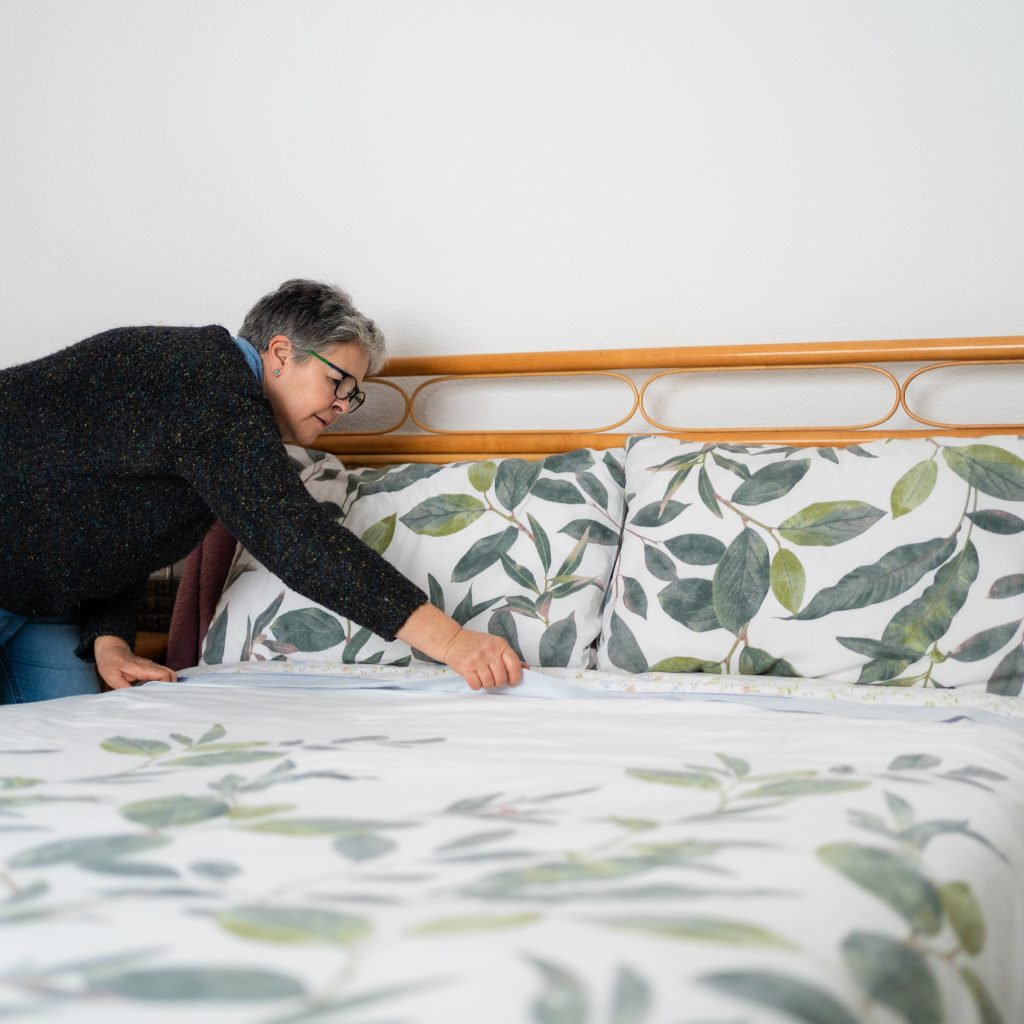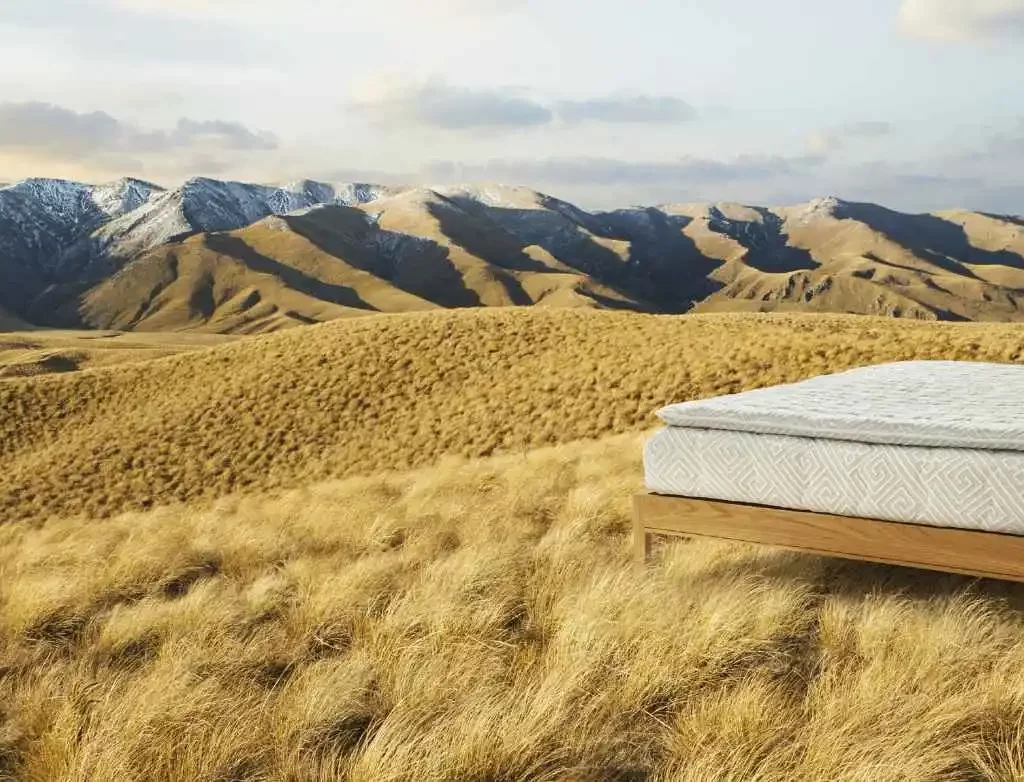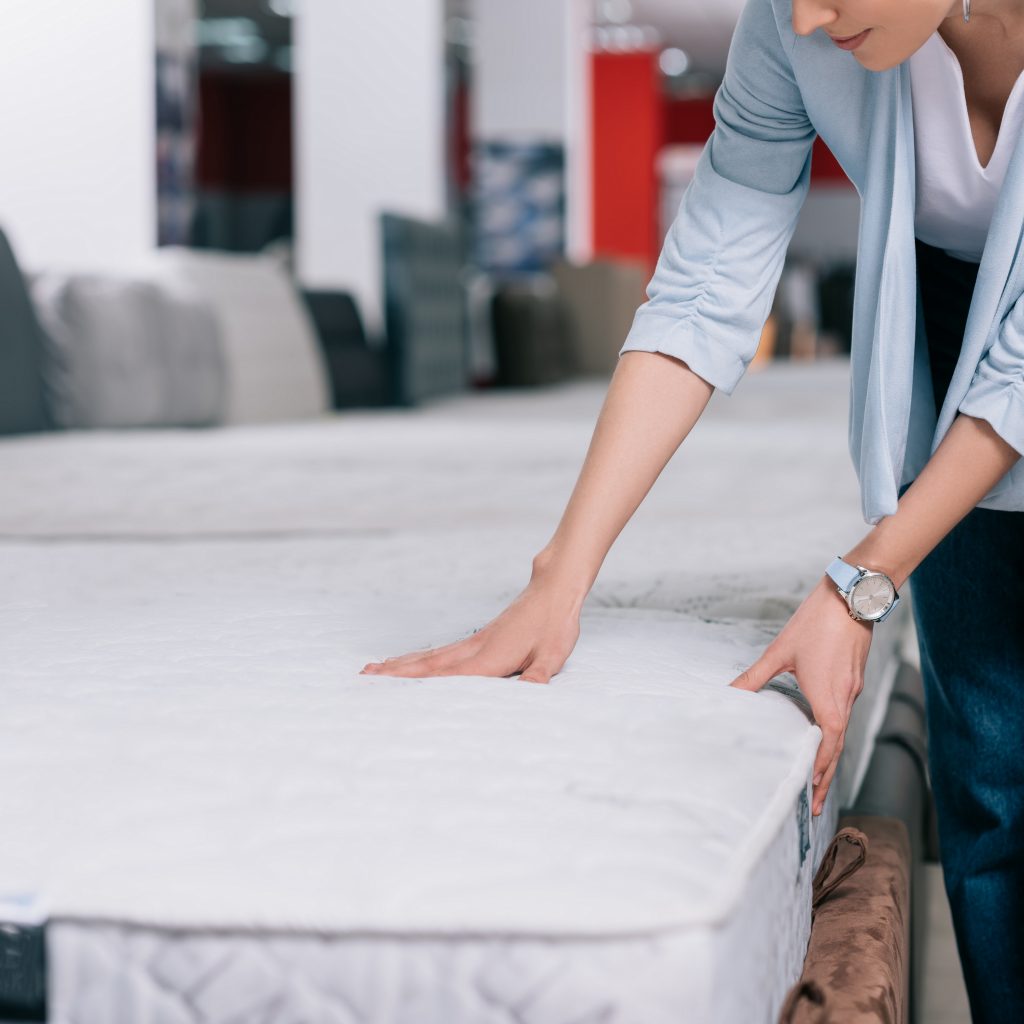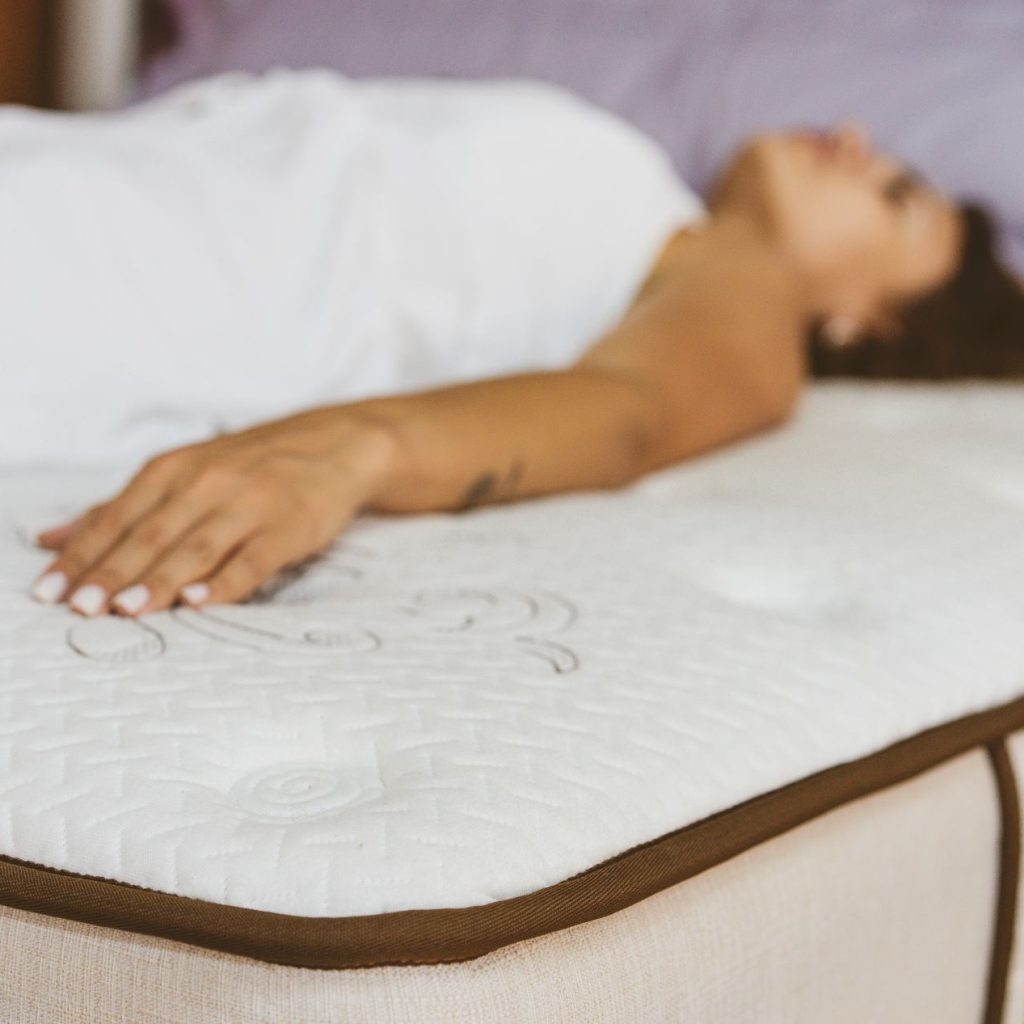Your preferred sleeping position can have a big impact on the type of mattress you should choose, with different materials and firmness settings working best for different sleep styles. If, like half of adults, you are a side sleeper, making the right selection can be especially important; you’ll want to find a mattress that contours just enough to support your body shape while also easing the pressure on tired hips and shoulders.
So what things should side sleepers consider when choosing a new bed? The expert team at Dreamwool Beds is here to help you maximise your comfort and choose the perfect bed for your sleep style and needs.
Selecting the Best Materials
The most important first step when choosing any new bed is to find one that is filled with meaningful volumes of high-quality, natural materials. Lower-end synthetics like gels and memory foams can trap heat and lead to discomfort, so your best bet is to look for high-end materials like all-natural latex and Merino wool. These will provide optimum comfort for much longer, providing side sleepers with the best sleeping experience for many years to come.
Pocketspring vs Latex
Your next question will likely be whether you should choose a pocketspring or a latex mattress style. The truth is that, like red wine or white wine, these are both great options that can be the right choice depending on your unique preferences, as they offer two different but equally luxurious sleep experiences. We would generally recommend latex for side sleepers, as it offers great contour and deflection for your joints, with pocketsprings providing a flatter style of firmness – a great option for those who prefer to sleep on their back.
Firmness
Speaking of firmness, how do you know how firm to go? While side sleepers tend to prefer a softer, more contouring mattress, there are several other factors that will probably also affect your choice.
Body Shape and Weight
Lighter, smaller people often prefer a softer mattress, while larger and heavier people may need firmer support. The key is to choose a firmness setting that allows you to achieve great alignment and support without sinking too far into the mattress’s surface.
Age
Like everything, sleep preferences tend to change as we age, with older people often leaning towards a softer supportive mattress.
Injury
Chronic pain and injury can play a big role in comfort, particularly for those with sensitive joints, which may require a softer level of support, or lower back injuries, which may benefit from additional firmness.
Base Style
For side sleepers, choosing the right base is just as important as choosing the right mattress. What your mattress is sitting on will affect how much it deflects your hips and shoulders, with divan-style or fixed slat bases offering less dynamic support than a European flexible slat base, which allows you to move into the bed without creating pressure points on your joints.
Rest Easy With Dreamwool
Really, the only way to know which bed is best for you is to go into a shop and try a number of options to see how they feel. We also recommend talking through the details of your unique sleep preferences and needs with the retail assistant, and if you’re tossing up between two firmness options, err on the slightly softer side. Side sleepers tend to do well with a slightly softer, latex sleeping surface, and a new bed will always feel firmer after a night’s sleep than it did after a short test on the shop floor.
Don’t toss and turn. Book a consultation with the Dreamwool team today.






